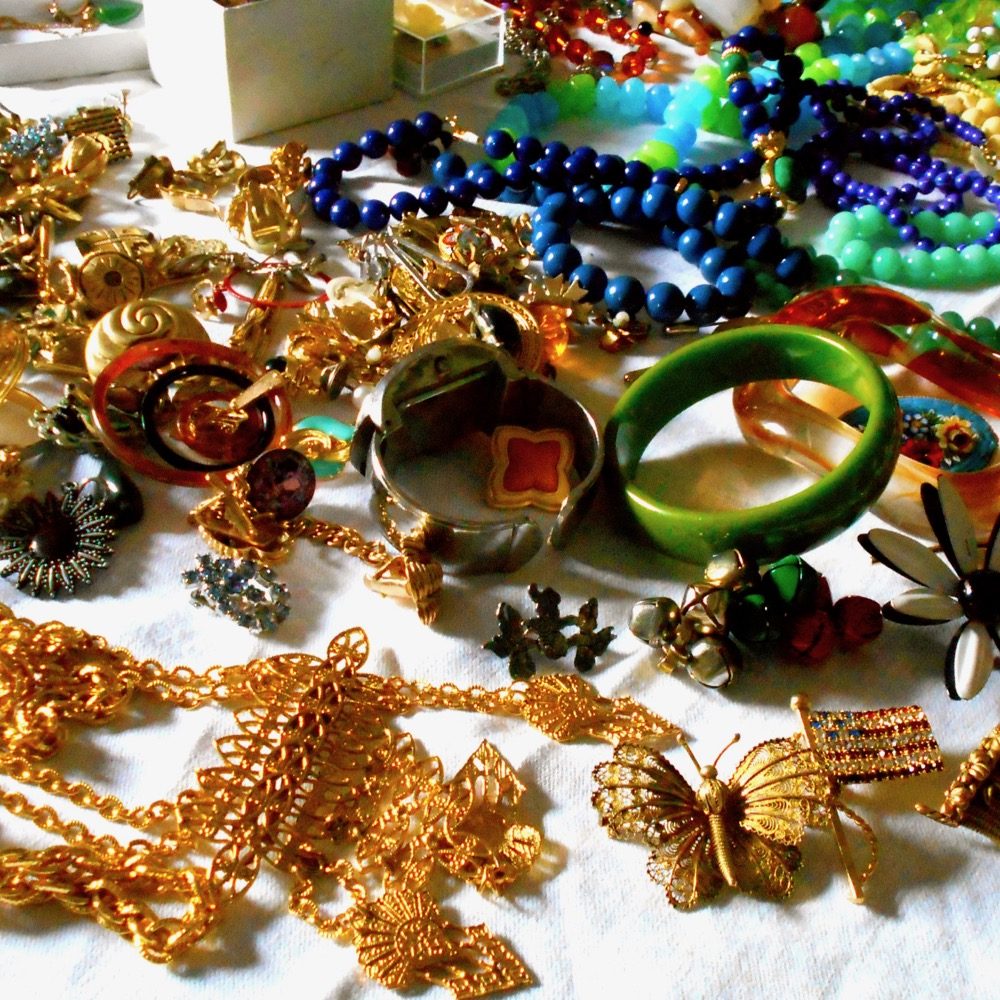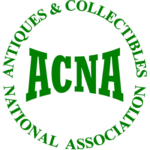
Don’t buy old gemstone jewelry if you can’t see the back of the stones. Some have reflective foil behind a pale stone to enhance the color. Some are doublets – clear stone glued to a colored stone. If you are buying something valuable get a certificate of authenticity and a guarantee. Know your jeweler.
Clues to Authenticity:
- Most U.S. manufactured gold jewelry made before 1900 did not have a karat or manufacturer’s stamp. The stamp and trademark were not required until after 1962.
- Gold-filled, gold overlay, and gold electroplating processes were invented in the 1850’s.
- Cut steel was used as a substitute for diamonds from the mid-18th to the mid -19th century. After that, stamped steel was used.
- Platinum was introduced in the late 1800’s and was not allowed for civilian use during the World Wars.
- The American brilliant cut was developed in 1919.
- The European brilliant cut for gemstones was used from 1940 to 1970.
- The emerald cut was developed in the 19th century, but seldom used until the 20th century.



It’s good to know that I shouldn’t buy any old jewelry if I can’t see the back of the stone, as you mentioned. I thought it would be a good idea to get some golf jewelry for my wife for Christmas. I figured I should look up some advice before starting. Thanks for sharing!
Great tips for buying old jewelry.
Thank you.